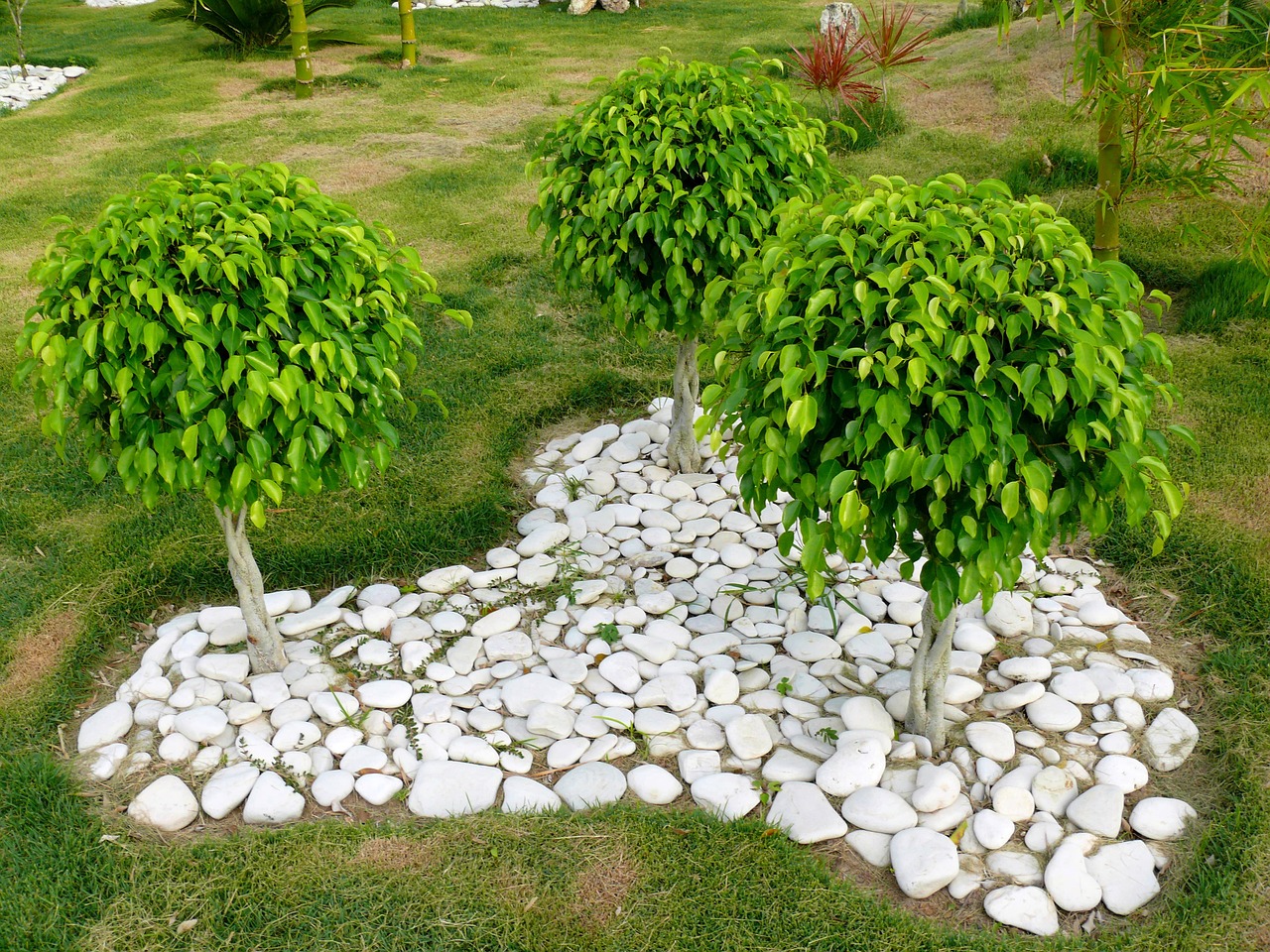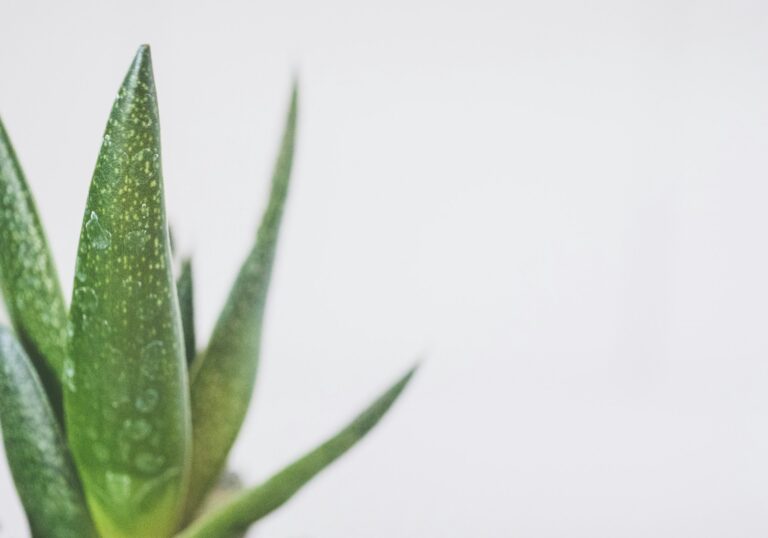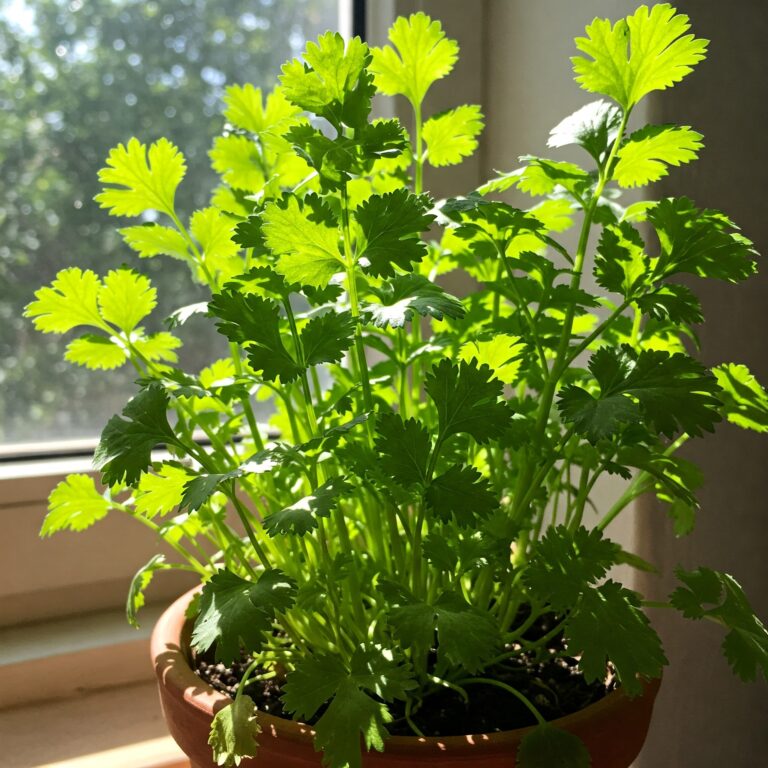Ficus plants, with their lush green foliage and graceful appearance, are popular choices for indoor and outdoor container gardening. Whether it’s the classic Ficus benjamina (Weeping Fig) or the trendy Fiddle Leaf Fig, these versatile plants can enhance any space with their beauty and elegance.
Growing ficus in pots allows you to control their environment, making them adaptable to various conditions. However, to keep them thriving, it’s essential to understand their unique care requirements. From selecting the right pot and soil to managing light, watering, and humidity levels, properly caring for potted ficus plants requires attention to detail.
This guide will provide essential tips on how to nurture your ficus plants, helping them grow strong, healthy, and vibrant in their container environment.
How To Care For Ficus Plants.
Choosing the Perfect Pot for Your Ficus
When it comes to caring for ficus plants in pots, choosing the right container is essential. Ficus trees need plenty of room for their roots to grow, so start with a pot that’s at least 2 inches larger in diameter than the current root ball.
As ficus trees grow, you may need to repot them every couple of years to prevent the roots from becoming pot-bound. Opt for pots made of plastic, ceramic, or terracotta based on your style preference and your ficus’s needs. Remember, drainage is key—ensure the pot has several drainage holes to allow excess water to escape and prevent root rot.
Soil: Creating the Ideal Growing Medium
The soil mix you choose plays a significant role in ficus care. A well-draining, nutrient-rich potting mix is crucial for healthy growth. The ideal soil mix for indoor trees like ficus should be loamy with a slight acidity, falling between a pH of 6.0 and 6.5.
Consider adding organic matter such as compost or peat moss, along with perlite or pumice to improve aeration. For moisture retention, a layer of mulch on top of the soil not only keeps your ficus hydrated but also adds an attractive finish to your potted plant.
How To Aerate The Soil In A Potted Plant
Lighting
Light is important in the care for ficus plants in pots. Ficus trees thrive in bright, indirect light. Place your ficus near a window where it can receive filtered sunlight. Avoid exposing it to direct sunlight, which can scorch the leaves.
If your space is low in natural light, don’t worry—ficus plants can adapt to lower light conditions, though their growth may slow down. In such cases, you might consider using artificial grow lights to supplement the light needs of your ficus. During different seasons, be prepared to adjust the location of your plant to ensure it gets the optimal amount of light year-round.
Watering
Watering your ficus is a balancing act. The key to successful ficus care lies in keeping the soil evenly moist but never waterlogged. Water your ficus thoroughly, allowing excess water to drain out, then wait until the top inch of soil is dry before watering again.
Overwatering can lead to root rot, while underwatering may cause leaf drop. Ficus plants also appreciate higher humidity levels, especially during the dry winter months. You can increase humidity by misting the leaves, placing the pot on a pebble tray filled with water, or using a humidifier.
Feeding Your Ficus
Fertilizing your ficus is vital for maintaining its lush, vibrant leaves. Use a balanced, water-soluble fertilizer every 4-6 weeks during the growing season (spring and summer). For a more organic approach, try using compost tea or slow-release organic pellets.
As the cooler months set in, reduce feeding since ficus trees enter a period of slower growth. Proper fertilization helps boost overall health, ensuring your ficus remains one of the most stunning indoor trees in your collection.
Snake Plant Care: 7 Easy Tips for Thriving Houseplants
Pruning and Shaping
Pruning is an essential aspect of care for ficus plants in pots. Regular pruning encourages bushier growth and helps maintain the desired shape of your tree. The best time to prune is in spring when the plant is actively growing.
Start by removing any dead or damaged branches, then trim back any leggy growth to promote a fuller appearance. If you notice bare spots, strategic pruning can stimulate new growth in those areas. Whether you prefer a neat, compact look or a more natural shape, pruning lets you transform your ficus into a living work of art.
Common Problems and Solutions
Ficus plants can sometimes be temperamental, but with the right care, most issues can be resolved. One common problem is leaf drop, often caused by sudden changes in temperature or light levels. If your ficus is dropping leaves, check if it’s receiving consistent care and avoid moving it around too often.
Pests like spider mites and scale can also be a nuisance. Regularly inspect your ficus for any signs of infestation and treat with neem oil or insecticidal soap if needed. Another concern is yellowing leaves, often a sign of nutrient deficiency or overwatering. Adjust your care routine accordingly to keep your ficus thriving.
Jasmine Plant Care in Pots: Essential Tips for Fragrant Success
Ficus Varieties
There are many types of ficus to choose from, each with its own unique charm. Here are a few popular varieties for indoor growing:
- Ficus lyrata (Fiddle Leaf Fig): Known for its large, violin-shaped leaves, this trendy plant is a showstopper but can be finicky. Provide bright, indirect light and avoid drafts for best results.
- Ficus benjamina (Weeping Fig): A classic choice with slender branches and glossy leaves. It adapts well to indoor environments but dislikes sudden changes in conditions.
- Ficus elastica (Rubber Plant): This low-maintenance favorite is perfect for beginners. It’s known for its thick, glossy leaves and can tolerate lower light levels.
Conclusion
With the right care and attention, ficus plants can flourish beautifully in pots, adding greenery and sophistication to your indoor or outdoor space. By choosing the right container, providing well-draining soil, and carefully managing their light, water, and humidity needs, your ficus plants can thrive for years.
Regular pruning and occasional repotting also play a role in maintaining their health and shape. With consistent care, your potted ficus plants will reward you with lush, attractive foliage, making them a striking focal point in any setting.





